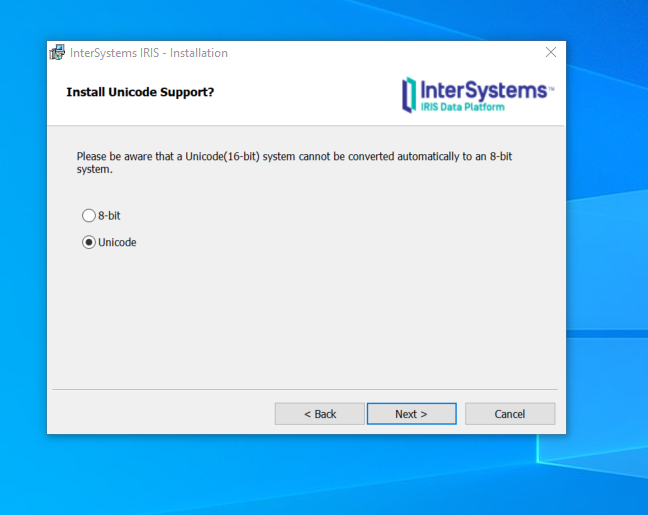Good Afternoon,
I'm working on a API documentation that wil be interactive, it's based on a BS class on Ensemble.
The objective on making the documentation is simplify the undestanding of the operation for those who are not acquainted with the Ensemble environment.
My problem is, when using Postman to test a operation the indentation appears as such:



.png)

.png)